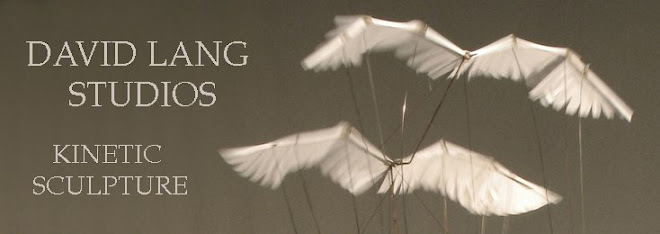The Burghers of Calais is one of Auguste Rodin's most famous sculptures. It serves as a monument to the occurrence in 1347 during the Hundred Years' War, when England's Edward III laid siege to Calais, an important French port on the English Chanel. Philip VI of France ordered the people of the city to hold out at all costs. The ultimately failed and starvation eventually forced them to surrender. Edward offered to spare the citizens as long as six of its top leaders would surrender and face execution. Edward demanded that they walk out wearing nooses around their necks, and carrying the keys to the city and castle. One of the wealthiest of the town leaders, Eustache de Saint Pierre, volunteered first, and five other burghers (members of the bourgeoisie) joined him. Saint Pierre led this envoy of volunteers to the city gates.
It was this moment, and this poignant mix of defeat, heroic self-sacrifice, and willingness to face imminent death that Rodin captured in his sculpture, completed in 1889.
Although the burghers expected to be executed, their lives were spared by the intervention of England's
Queen, Philippa of Hainault, who persuaded her husband to exercise mercy by claiming that their deaths would be a bad omen for their unborn child.
It was this moment, and this poignant mix of defeat, heroic self-sacrifice, and willingness to face imminent death that Rodin captured in his sculpture, completed in 1889.
Although the burghers expected to be executed, their lives were spared by the intervention of England's
Queen, Philippa of Hainault, who persuaded her husband to exercise mercy by claiming that their deaths would be a bad omen for their unborn child.
.jpg)


No comments:
Post a Comment